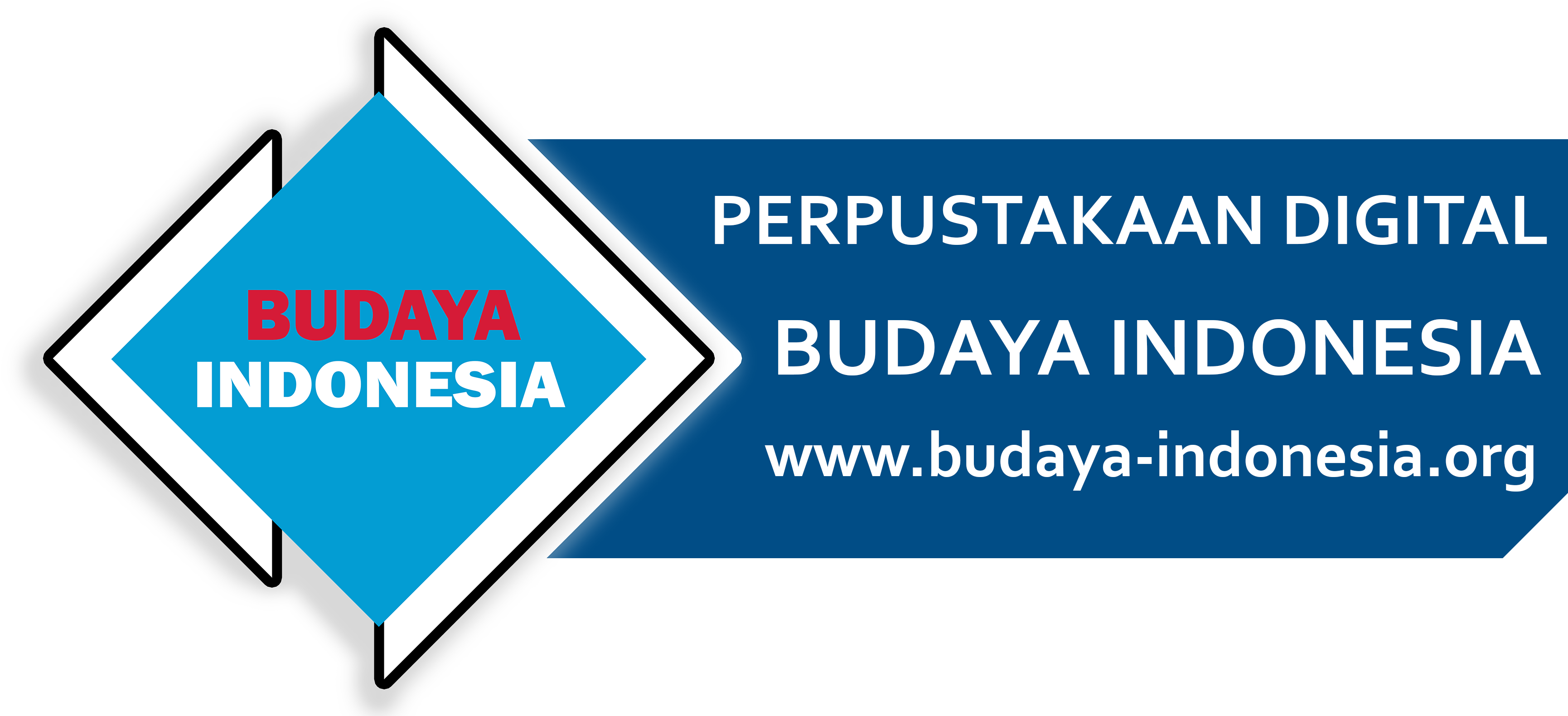Exploring Ancient Architectural Designs with Cellular Automata
The paper discusses the utilization of three-dimensional cellular automata employing the two-dimensional totalistic cellular automata to simulate how simple rules could emerge a highly complex architectural designs of some Indonesian heritages. A detailed discussion is brought to see the simple rules applied in Borobudur Temple, the largest ancient Buddhist temple
Borobudur was Built Algorithmically
The self‐similarity of Indonesian Borobudur Temple is observed through the dimensionality of stupa that is hypothetically closely related to whole architectural body. Fractal dimension is calculated by using the cube counting method and found that the dimension is 2.325, which is laid between the two‐dimensional plane and three dimensional space.
Constructing the Phylomemetic Tree, Case of Study: Indonesian Tradition-Inspired Buildings
The paper discusses the importance of phylomemetic visualization to approach the cultural diversity in the social system like Indonesia, and thus revisit formal methodology regarding to the construction of the phylomemetic tree as an inspiration lent from the phylogenic analysis. A case of study is presented regarding to the data
The Indonesian Traditional “Fractalist”
An information era has changed the way modern people living their life. When the manufacturing-centered industrial economy was introduced [6] with the electricity and electronics, the hi-tech social life was embraced by our ability to reproduce, replicate, and reshape knowledge. From there, information has become the center of social life.
Memetics of Ethno‐clustering Analysis
The works on phylomemetic trees related to certain cultural artifacts of ethnic cultures in Indonesian archipelago is advanced by the proposal of methodology that can yield a cultural tree reflecting the superposition of traditional song, architectural designs, and motif designs in fabric phylomemetic tree. The methodology used is by having


